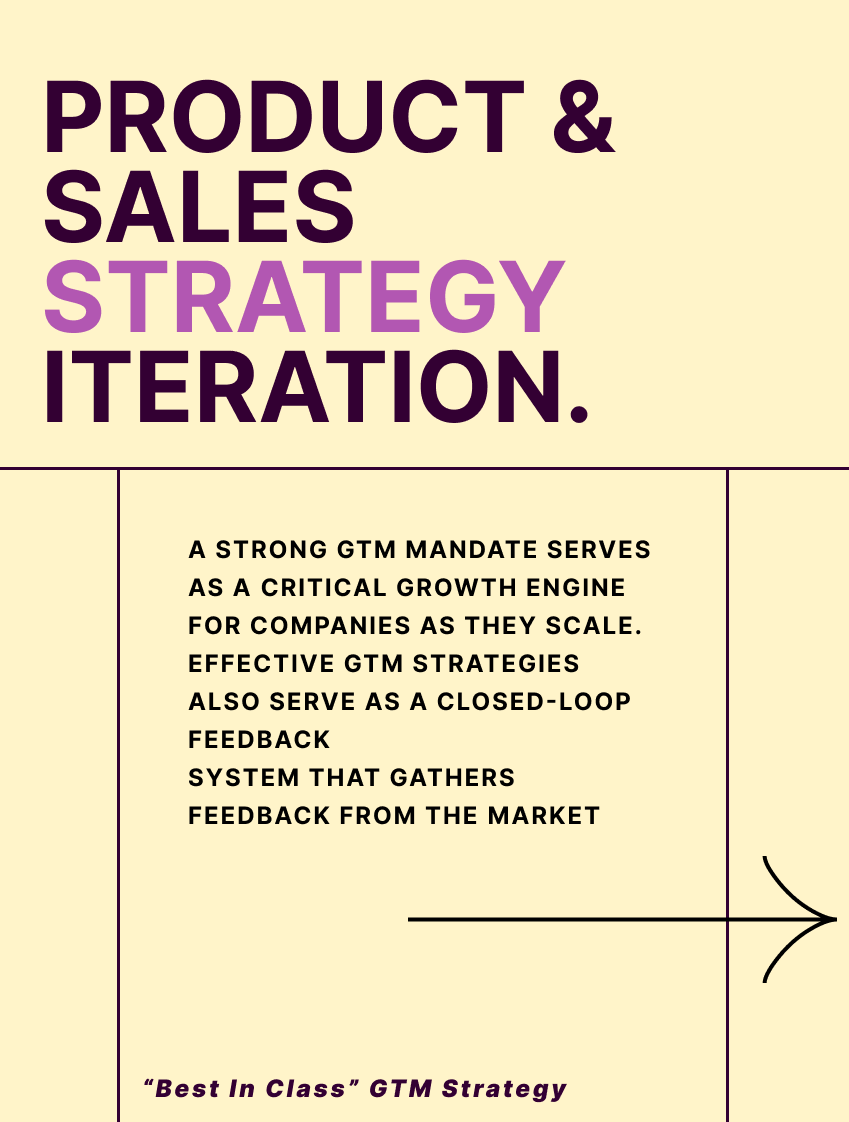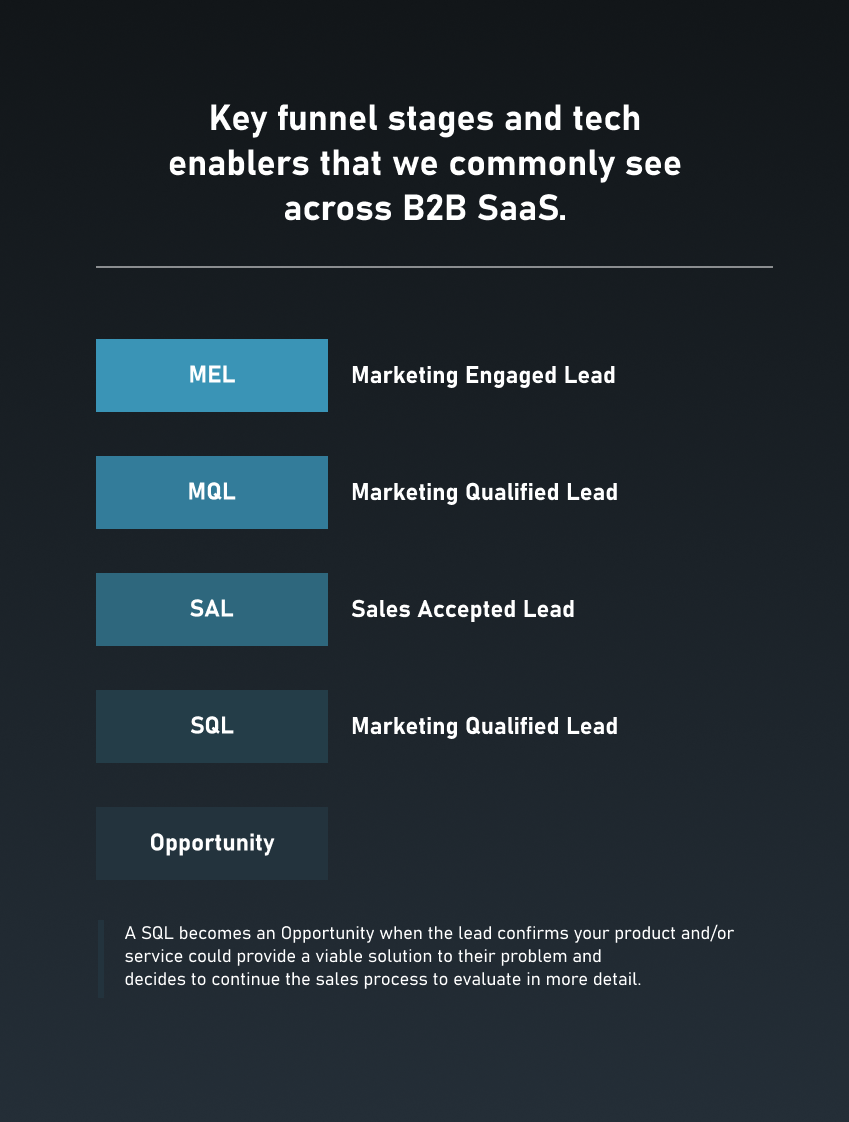Avoiding Common GTM Pitfalls for Scaling SaaS Companies
- Rebecca
- Mar 18
- 2 min read

As companies grow and reach the $10M-$25M ARR stage, they often encounter common Go-To-Market (GTM) pitfalls that can impact their ability to scale efficiently. These challenges stem from misalignment between marketing, sales, and customer success, as well as hiring, compensation, and forecasting hurdles. Below are the key GTM drivers that companies must focus on to ensure sustainable growth.
1. Reporting and Common KPIs
A fundamental GTM mistake is the lack of alignment between marketing and sales on lead qualification and progression.
Best-in-class companies ensure marketing and sales share a common definition of a qualified lead and agree on how leads transition from stage to stage.
Having a North Star KPI and tracking both leading and lagging indicators helps maintain focus on key business outcomes.
2. Roles and Responsibilities
As teams scale, role specialization improves efficiency but can create coordination issues.
Clear swim lanes must be established to prevent overlap while ensuring seamless handoffs.
Companies should document clear responsibilities for each GTM function to maintain operational clarity.
3. The Role of Customer Success
Customer Success (CS) is critical in driving early product-market fit and serving as a feedback loop for product teams.
If a company plans to move from SMB to enterprise (or vice versa), the CS leader plays a key role in identifying the right timing and approach.
CS must ensure customers maximize the value of the product, reducing churn and driving expansion revenue.
4. Hiring Challenges
Many fast-scaling companies hire reactively rather than strategically, leading to misaligned staffing as they grow.
Companies at $20M-$30M ARR often realize they do not have the right team composition for long-term success.
Strong sales leaders must be cross-functional and growth-oriented to drive continued success.
5. Compensation and Incentives
As companies scale, they must adjust compensation structures to support growth and collaboration.
The right compensation model must align with the company’s stage of growth while incentivizing teamwork.
Mature organizations should reward long-term relationships, shifting incentives from purely transactional to customer lifetime value-driven models.
6. Forecasting and Pipeline Visibility
Early-stage companies often struggle with forecasting and long-term revenue planning.
Companies need greater pipeline visibility to differentiate short-term vs. long-term revenue opportunities.
Once a company reaches $20M-$30M ARR, previous conversion rates may decline unless GTM strategies evolve.
7. Tools and Technology
Investing in the right technology can help companies scale effectively while maintaining operational efficiency.
Customer Success teams must leverage tools and automation to drive a one-to-many approach for managing customer interactions at scale.
Encouraging cross-functional experimentation with software helps organizations find the right tools to support their growth.
Successfully scaling beyond $10M-$25M ARR requires companies to proactively address these GTM pitfalls. By aligning reporting structures, defining clear roles, prioritizing customer success, and leveraging technology, companies can build a sustainable GTM engine that drives long-term success.



